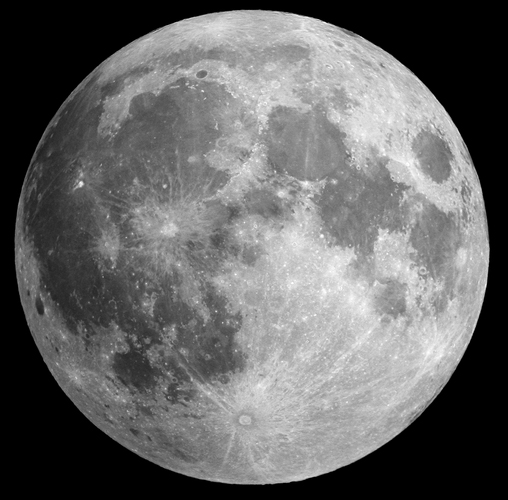
Samples of lunar dust and rock returned to Earth during the Apollo missions quickly offered scientists new insights into the makeup of our Moon, but what do they look like under the microscopes of today? NASA has just cracked open the first of two untouched lunar samples for study with modern scientific instruments, with one eye on the upcoming Artemis missions that will return humans to the Moon in 2024. This NASA initiative is known as the Apollo Next-Generation Sample Analysis project. It concerns two samples collected in the early 1970s that were quickly sealed and stored in the form of tubes of rock and soil, representing two-feet of vertical layering from the lunar surface. “We are able to make measurements today that were just not possible during the years of the Apollo program,” says Dr. Sarah Noble, ANGSA program scientist at NASA Headquarters in Washington.
“The analysis of these samples will maximize the science return from Apollo, as well as enable a new generation of scientists and curators to refine their techniques and help prepare future explorers for lunar missions anticipated in the 2020s and beyond.”
Earlier in the year, NASA announced the nine research teams from around the world that would examine the pristine samples. Now it has gone ahead and cracked open the first of them, which is the first pristine Apollo sample to be unwrapped in more than 40 years.
Scientists used X-ray scans to build a high-res 3D image of the sample inside the tube, helping them understand its structure and determine the best way to slice it up for study by different teams. The sample was then removed from the tube and divided into quarter-inch segments for examination of the various layers of the core.
“I grew up on the stories of Apollo, they inspired me to pursue a career in space and now I have an opportunity to contribute to the studies that are enabling the next missions to the Moon,” said Charis Krysher, the lunar sample processor who opened the core. “To be the one to open a sample that hasn’t been opened since it was collected on the Moon is such an honor and heavy responsibility, we’re touching history.”
It is hoped that the study of these pristine samples can enlighten our understanding of the Moon and its resources, which will be a key plank of the Artemis missions slated for touchdown from 2024. Things like water ice deposits could be used for rocket fuel and even oxygen, and knowing where they are and how they originate will be key to these aims.
